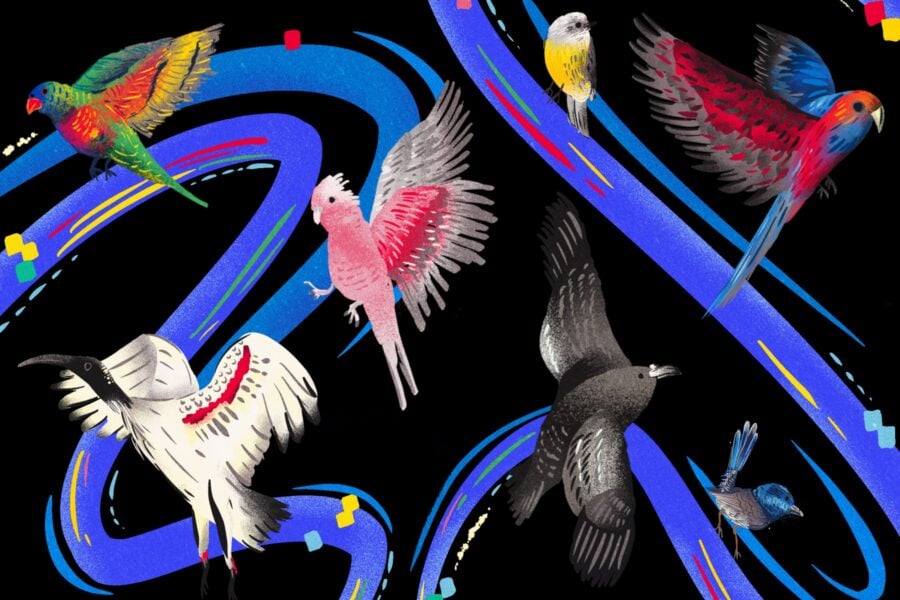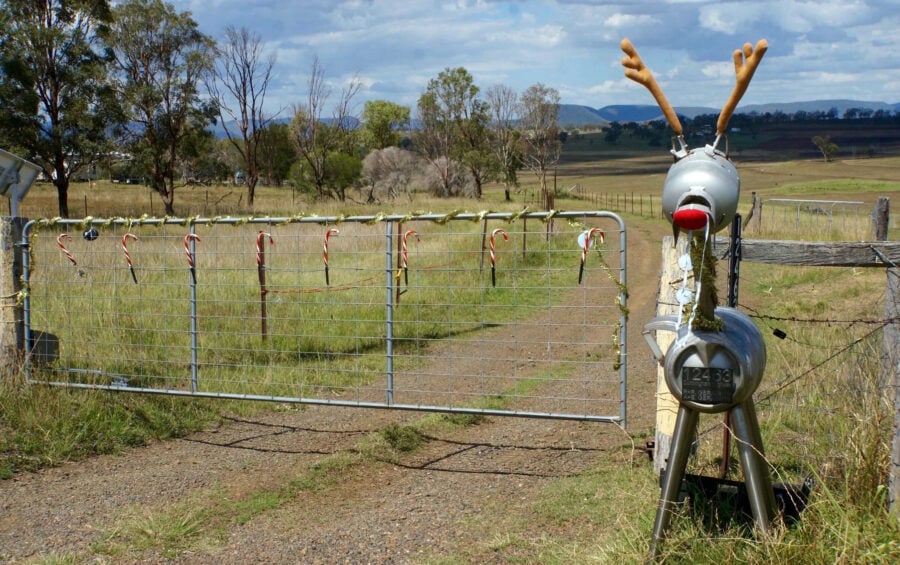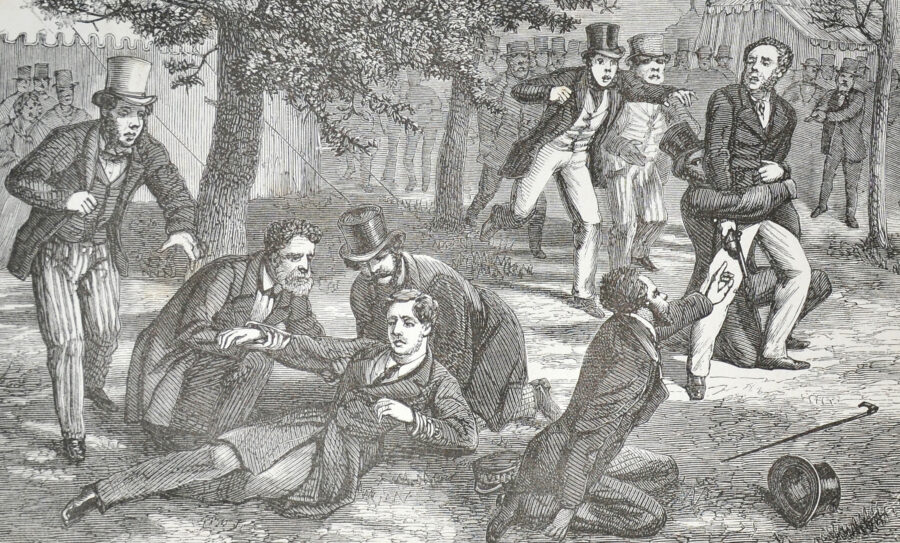Lost photos and notebook from Antarctica found

A CENTURY-OLD PHOTOGRAPHER’S notebook from Scott’s 1910-13 Terra Nova polar expedition has been uncovered in Antarctica.
The notebook was found buried 20cm under the soil outside Scott’s 1911 Terra Nova base by Lizzie Meek, a conservation expert at New Zealand’s Antarctic Heritage Trust, who was inspecting the site in January 2013. A portion of the notebook was exposed for the first time in over 100 years as the melting summer snow carved a small erosion canyon in the ground that held it captive.
“When we got it out it was all stuck together but I could see that there were pencil notations there and that it was some kind of notebook, which was really exciting,” says Lizzie.
“Something like that – a paper object – is not going to stand up to the Antarctic environment very well; it normally would’ve just blown away, so the fact that it was buried and frozen probably saved it,” says Lizzie. “It’s an amazing chance that I happened to be walking past on that day and saw it and managed to get it before it washed down to the sea.”
Conserving historic Antarctic notebook
The notebook – a “Wellcome Photographic Exposure Record and Diary 1910” (sic) – was taken to New Zealand where each page was carefully separated and digitised. (See video below).
The conserved pages reveal the pencil notes relating to the photographs taken by George Murray Levick (1876-1956), a surgeon, zoologist and photographer who was part of Scott’s 1910-1913 expedition and a member of the Northern Party. Most of the entries simply detail the date, subjects and exposure details for the photographs he took at Cape Adare during 1911.
The notebook’s cover was also reconstructed and its binding, which had been dissolved by ice and water damage, was repaired. The reconstructed notebook has been returned to Scott’s hut, to sit with thousands of original artefacts of the time.
Lost historic Antarctic images found
This incredible discovery has not been the only exciting news to have emerged from the Antarctic Heritage Trust’s mammoth conservation work. In December 2013, the Trust recovered century-old photographic negatives in the same hut.
The negatives were taken to New Zealand and painstakingly separated and conserved, revealing 22 never-before-seen images.
“This is an exciting discovery; it’s so rare to find primary source evidence from the expeditions, which…sheds some new light on life and work in the heroic era,” says Lizzie.
Perhaps the most interesting aspect of this discovery, however, is that the photographs do not depict Scott’s team at all, but were instead taken by polar explorers in Ernest Shackleton’s 1914-1917 Ross Sea party.
Photos reveal Scott broke promise to Shackleton
Scott had previously forbidden Shackleton from using his huts as the two had a fairly uncomfortable relationship – a promise Shackleton inevitably broke when his team used Scott’s first structure at Hut Point in 1908 to shelter from a blizzard.
When Shackleton’s Ross Sea party became stranded on Cape Evans after their ship, the Aurora, was pushed far out to sea in 1915, they were forced to stay in Scott’s second hut, breaking Shackleton’s promise once again. Shackleton’s men look gaunt and unkempt in the photographs of the time.
“When you see Scott’s diaries from the Terra Nova expedition, he’s appalled at how disgusting the hut’s been left by Shackleton’s party,” says Mark Pharaoh, an expert in Antarctic exploration at the Mawson’s Centre of the South Australian Museum. “He felt almost violated that Shackleton had not only broken his word, but also made a terrible mess.”
Scott died tragically in 1912, and was thus never aware that his second hut on Cape Evans had also been used by Shackleton’s expedition – the evidence of which is in the recovered photographs, which Shackleton’s party never found.
“There’s a delightful irony there, if you can take a detached view of history,” says Mark. “One could almost imagine Scott turning in his grave to think that Shackleton’s done this and that there’s a photograph to remind us of this ninety-nine years on, in case we’d forgotten.”
While the photographs themselves don’t show anything dramatic, they still have a great poignancy about them. Damaged by mould and surviving against all odds, the historic images are snapshots frozen in time.
“We may never know who took those photographs, but to have rescued them from the depths of time I think is a fantastic story,” says Mark.
Importance of Antarctic conservation work
What remains clear is that both these discoveries were made thanks to the efforts of the New Zealand Antarctic Heritage Trust. The Trust’s conservation expert Lizzie Meek says the notebook wouldn’t have been found if the Trust hadn’t committed to being on site for a full summer, and the negatives wouldn’t have been found if the team hadn’t been going through every single box in the darkroom to check their condition.
Especially considering how many objects – more than 11,000 – they have conserved so far.
Lizzie still estimates we are probably only seeing about 10 per cent of the equipment the 25 men were storing in the hut at the time. Looking at old photographs, every single space was jam-packed with gear, with stock hanging from every wire and boxes stuffed under beds. The hut was so crowded much of their equipment was stored outside and had to be continuously dug out of the snow.
The Trust’s seven-year conservation program at Scott’s Cape Evans hut will come to an end in January but the Trust’s teams will be journeying back to Scott’s Hut each year for the next 30 years to ensure the objects are kept in good condition and to maintain the building.
“The huts really are fantastic structures that tell an amazing story of hardship and survival in Antarctica and of scientific discovery, and by looking after them and allowing people to experience them, we can connect people with those stories,” says Lizzie. “That’s a big reason for why we do what we do.”
For more information on the work of the Antarctic Heritage Trust visit www.nzaht.org.




